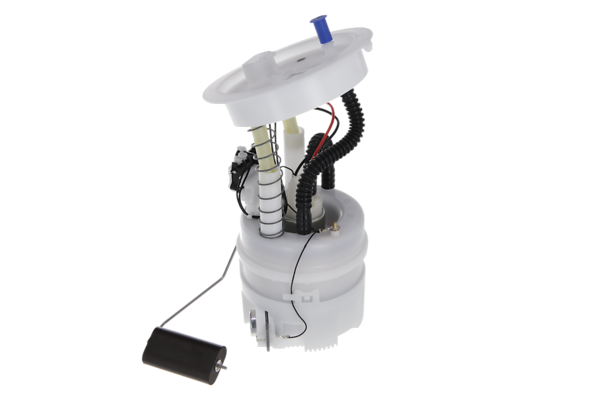Engine Sensors for Cars

New vehicles are more and more equipped with sensors, reaching more than 100 sensors per vehicle in high-end cars.
Valeo, a global powertrain sensors specialist for more than 40 years of experience, provides to the independent aftermarket, a high quality O.E. sensor range.
Available with 9 types of engine sensors, Valeo offers you a smart one-stop-shop purchase.
Speed sensor:
The speedometer sensor contains a pulse generator that converts the mechanical rotating movement into an electric signal to the speedometer, through the ECU.
In vehicles without ABS, before 2004, this is mechanically driven from the gearbox. A wheel speed sensors use Hall effect to measure speed and it can be active or passive.
Camshaft sensor:
The camshaft sensor monitors the engine speed and valve position. It determines which cylinder is firing to establish injector synchronization and the coil firing sequence.
Signals are sent to the Engine Control Module (ECM) to control the fuel injection, the time of ignition and other functions.The camshaft sensor is essential for the engine to keep the correct timing and run properly.
Mass air flow meter:
The Mass Air Flow Meter measures the amount of air flowing into the vehicle's air intake.
The information provided helps the ECU in delivering the proper mix of air-fuel mixture to the engine and the spark timing.
The mass air flow meter not only measures the volume of air but also compensates for its density.
Crankshaft sensor:
The crankshaft sensor defines the rotating speed and the position of the crankshaft. This sensor sends information to the ECU in order to control the fuel injection or the ignition system timing.
Display speed on the RPM. They are often mounted near the flywheel that serves as a rotating target TDC (top dead center).
Oil pressure sensor:
The oil pressure sensor measures the oil pressure in the sump and delivers the data to the ECU and pressure gauge of the engine oil. In case of low engine oil pressure, the ECU will report it to the driver and adopt control measures automatically to protect the engine.
Air intake temperature sensor:
The air temperature sensor detects the mass air flow and sends a signal to the ECU. A highly sensitive thermal resistor detects all temperature variations.
The air intake temperature sensor is mounted on the air intake manifold. It detects boosts in air temperature, by working in dual stage with the mass air flow sensor which includes a temperature sensor too.
Knock sensor:
The knock sensor detects the engine noises through different frequencies and sends a signal to the ECU.
The ECU uses this information to limit the spark advance to prevent detonation from occurring.
Every vehicle is equipped with a knock sensor in order for the control unit to the ignition system to anticipate a knock or detonation.
TMAP sensor:
The temperature manifold air pressure sensor (TMAP) detects the mass air flow and the pressure and sends a signal to the ECU. A highly sensitive thermal resistor detects all temperature variations.The air intake temperature sensor is mounted on the air intake manifold. It detects the boost air temperature, its work in dual stage with the mass air flow sensor including a temperature sensor too.
Oil level sensor:
The oil level sensor is located inside the oil pan. Its primary job is to measure the amount of oil inside the pan prior to the engine being started. If the oil is low, it will trigger a warning light indicator on the dashboard, or will illuminate the check engine light.








